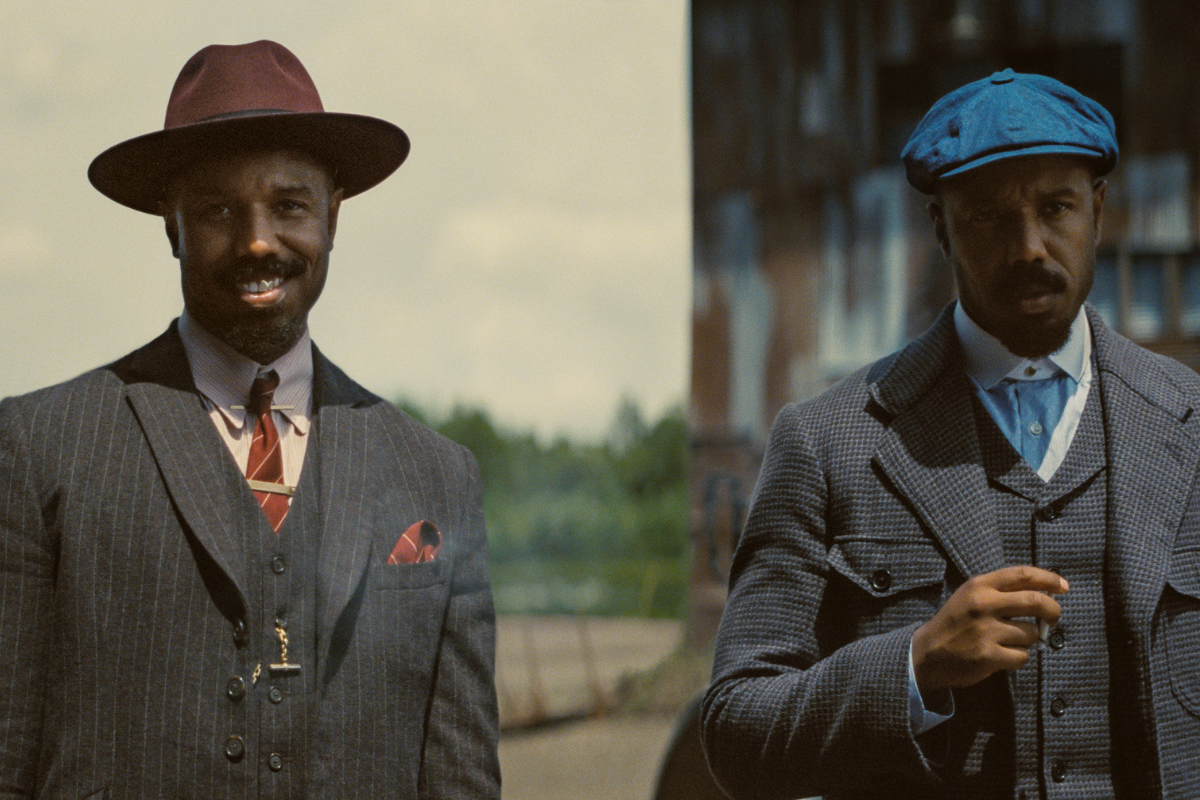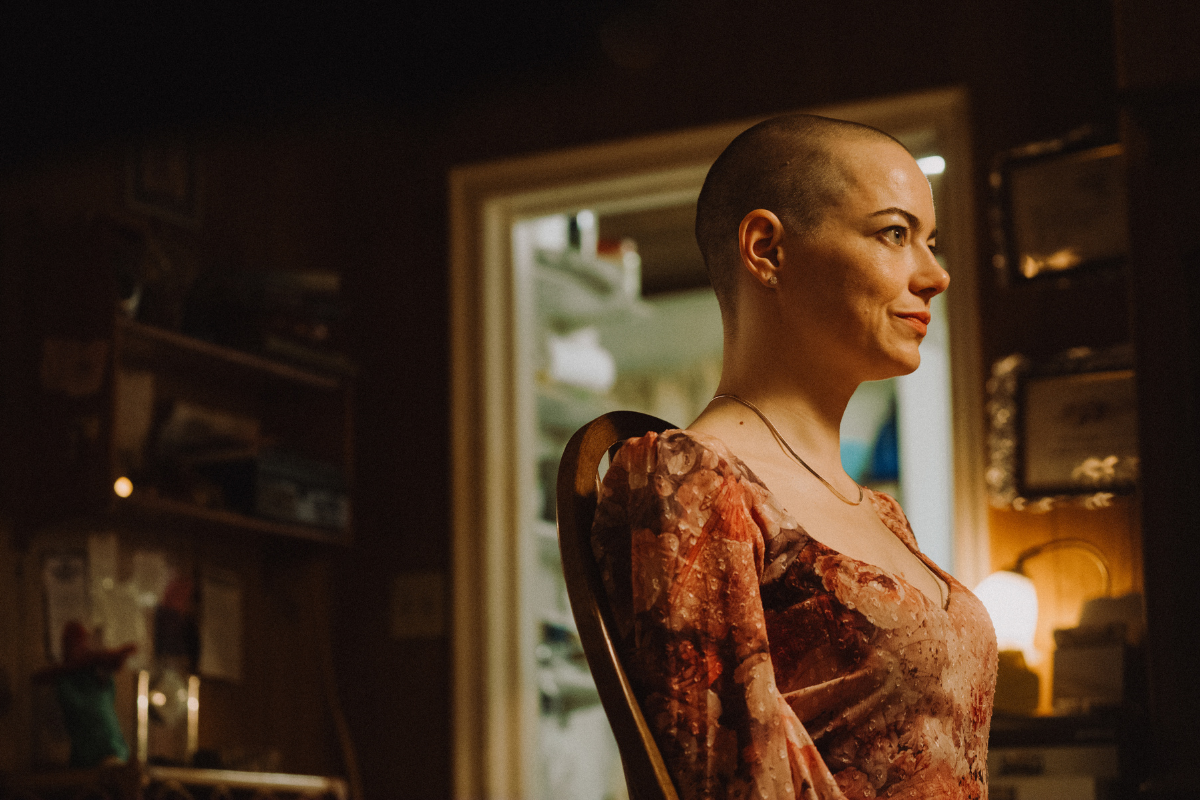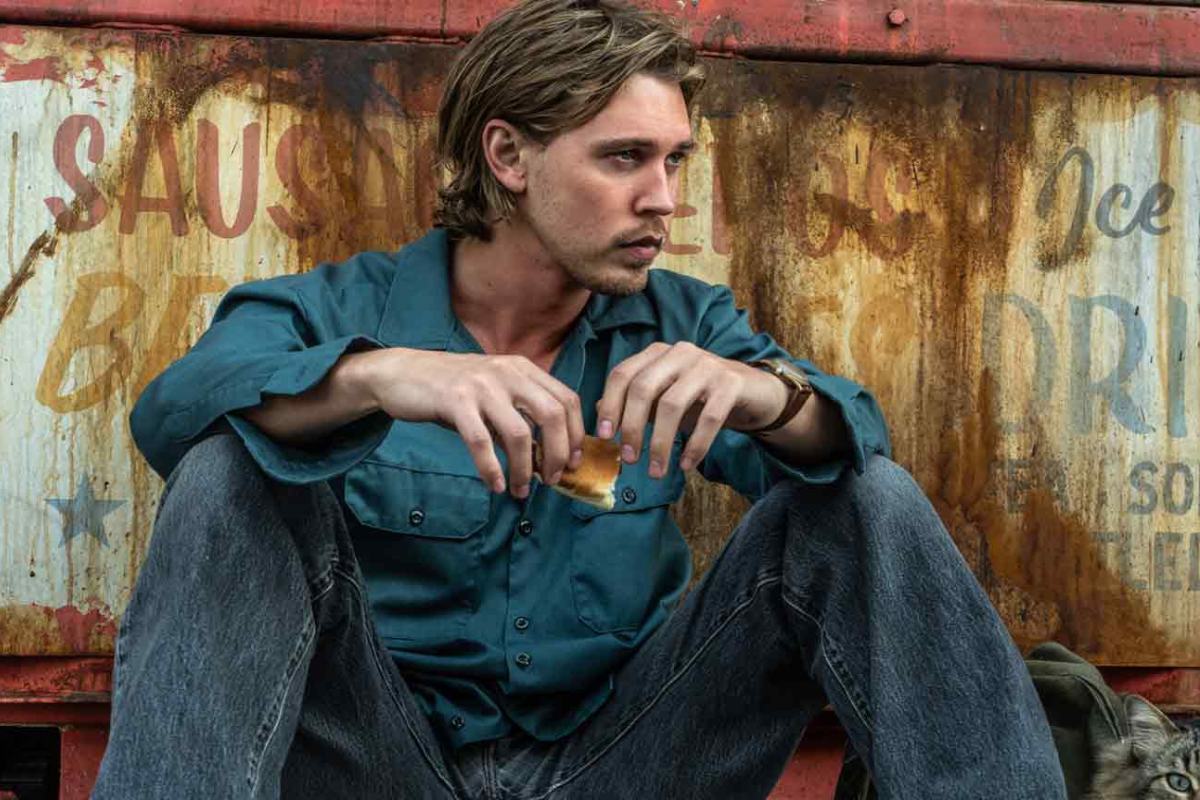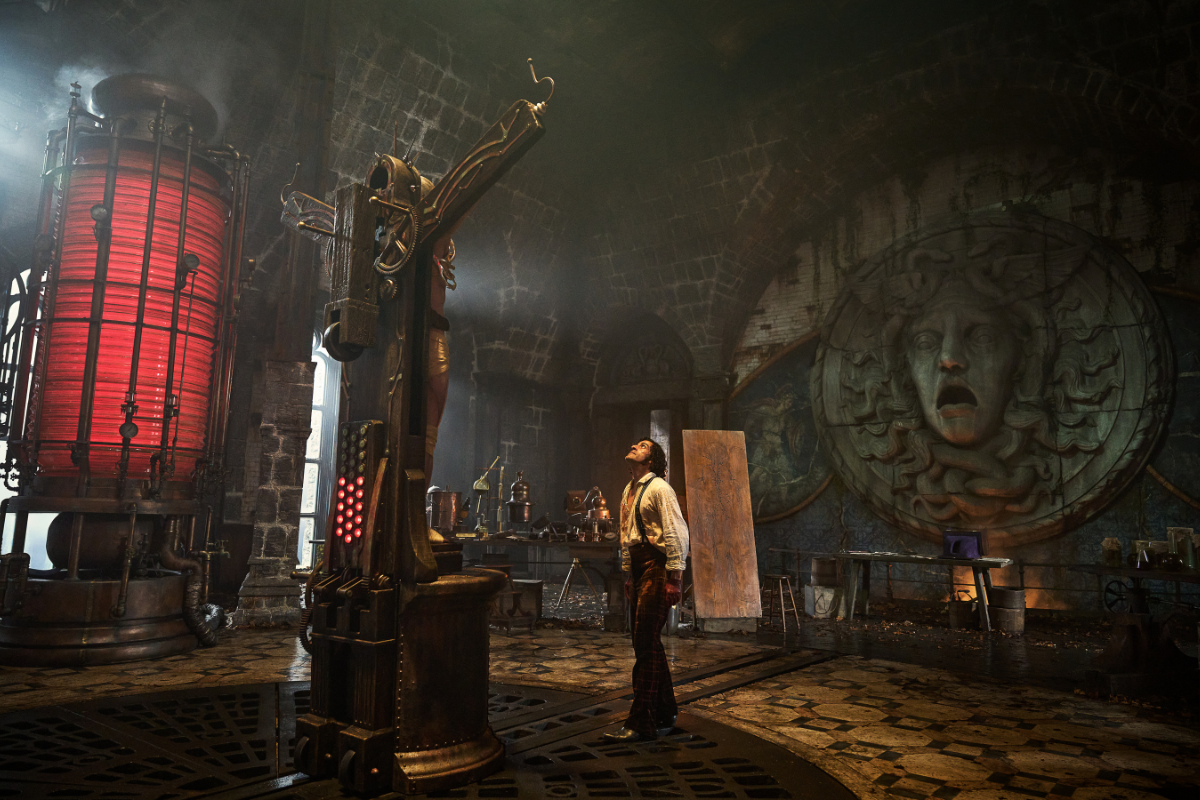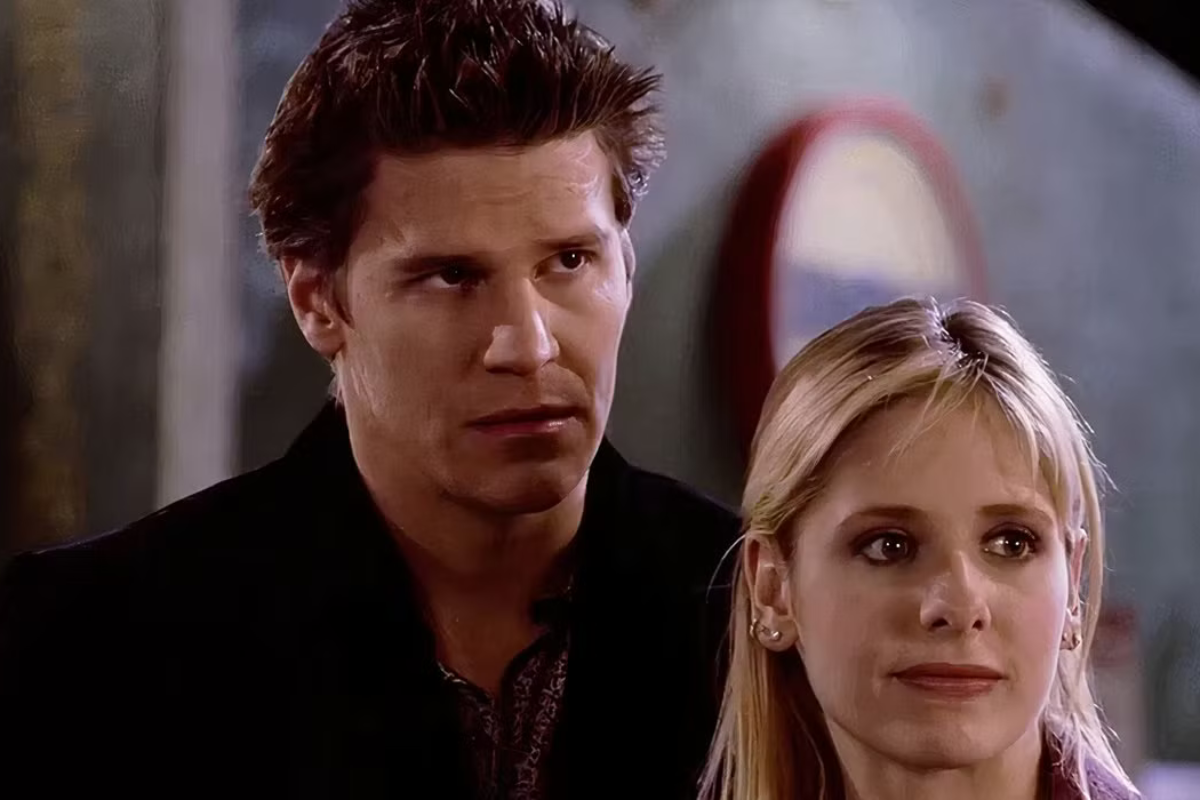COLUMN D: Should You Take Him Back? (When to use Flashback)
Click to tweet this article to your friends and followers! I want to talk to you today about one of the more controversial tools in the screenwriter’s toolbox – and…
I want to talk to you today about one of the more controversial tools in the screenwriter’s toolbox – and that’s flashback.
Like voice-over, flashback is “frowned upon” by screenwriting gurus, professors and so-called purists. The reason for all that frowning is that flashing back slows the forward momentum of the film and “takes the audience out of the story.” To be fair: there is a lot of truth to that. However, like voice-over, it’s not the tool but how it’s used that’s usually the problem.
Let’s start with this question: what do Casablanca, It’s a Wonderful Life and The Shawshank Redemption all have in common?
They all contain flashback.
Still think it should be frowned upon?
Flashback is almost always exposition and used to provide a visual representation of back story. And most often that means “before the start of the film.” If you imagine your story to be a straight line moving forward, then the beginning of the flashback not only stops the forward momentum of the film, it actually moves the story backwards.
Now that’s not always the kiss of death. The Epstein brothers who co-wrote Casablanca hated the flashback in that film. However, I maintain that it was essential. Why is that?
Because the Rick we meet at the beginning of Casablanca is a cynical, bitter man who treats his latest woman friend as a disposable commodity. Why in God’s name would Ilsa ever fall for a man like that?
Well, the flashback provides the answer. He wasn’t always like that. And Ilsa having left him in the rain at the train station in Paris is the reason for the new Rick. We have to see it for ourselves and not just hear about it. It’s back story, but essential back story.
The same holds true for It’s a Wonderful Life. In order for us to understand the frustration of the present day George Bailey, we need to know how he got to be so bitter about never getting to do what he wanted – see the world – and having to stay in boring Bedford Falls. Without learning how all that came about, he might come off as selfish, when he is anything but. And we need to see it for ourselves in order to truly empathize with this iconic character.
On the other hand, we don’t always need to see back story. For example, in Sling Blade, we meet Karl Childers just as he is about to be released from the mental hospital where he has been confined for killing his mother and her young lover some twenty years prior. We watch and listen as he tells the story of the killings to the young female reporter who is concerned that he might not truly be rehabilitated. Billy Bob Thornton could have flashed back and shown us those killings, but he didn’t. Why?
Because it would have had the opposite effect of the ones in Casablanca and It’s a Wonderful Life. We would have witnessed a brutal double murder just prior to Karl meeting the young boy he befriends when he leaves the hospital. I'm not sure we’d feel so comfortable about that friendship after witnessing Karl swinging the sling blade like something out of Friday the 13th. In Sling Blade, no flashback was the wise choice.
Perhaps the best use of flashback is in The Shawshank Redemption. Instead of flashing back to before the beginning of the film, the flashbacks go back to earlier times when Andy was in prison, which is within the story's timeline. The finest of them is the flashback that comes just after he’s found to be missing from his cell.
Before that flashback takes place, we think that the reason Andy doesn’t come out of his cell is because he has hanged himself using that rope he sought from Red. Instead, we only flashback a few hours to find out that he has escaped. It’s brilliant storytelling. True, it manipulates the audience. But we love it because it is both a surprise and suspenseful. That flashback sequence also ends with one of the most rewarding scenes in film history.
For those reasons and a lot of others, I have no inherent bias against flashback. However, I do have some suggestions and warnings:
Don’t flash back when some other way of revealing the information will suffice. Only do it if the story will be enhanced by seeing the back story.
Don’t cut away from the main story for too long. Doing so may kill your story’s forward momentum. (That was one of the reasons why the Epstein brothers disliked their own flashback so much.)
Don’t flashback to the extreme. Like all exposition, a little bit goes a long way.
- More articles by Drew Yanno
- Notes from the Margins: Flashback- Friend or Foe?
- Ask the Experts: All About Flashbacks by Dave Trottier
Get more story advice from Drew Yanno's webinar
From Idea to Story to Screenplay
Drew Yanno began writing for film in 1993 and has been a member of the WGA since 1995 when he sold his script No Safe Haven to Universal Studios after a six hour bidding war. In 2000, Drew founded the screenwriting program in the Film Studies department at Boston College where he taught for eleven years. He is the author of The Third Act: Writing a Great Ending to Your Screenplay. His second book Idea to Story to Screenplay: a Workbook For Writing the First Draft of Your Screenplay is now available as a Kindle e-book on Amazon. Drew’s first novel In the Matter of Michael Vogel was released in March 2013 and was named one of the best Kindle Books of 2013 by Digital Book Today. In addition to writing and teaching, Drew also worked as a script consultant and served as an adviser to actor and producer Will Smith on a number of projects. Prior to becoming a screenwriter and screenwriting professor, Drew was a practicing attorney and taught law in the Carroll School of Management at Boston College. Follow Drew on Twitter @drewyanno.


